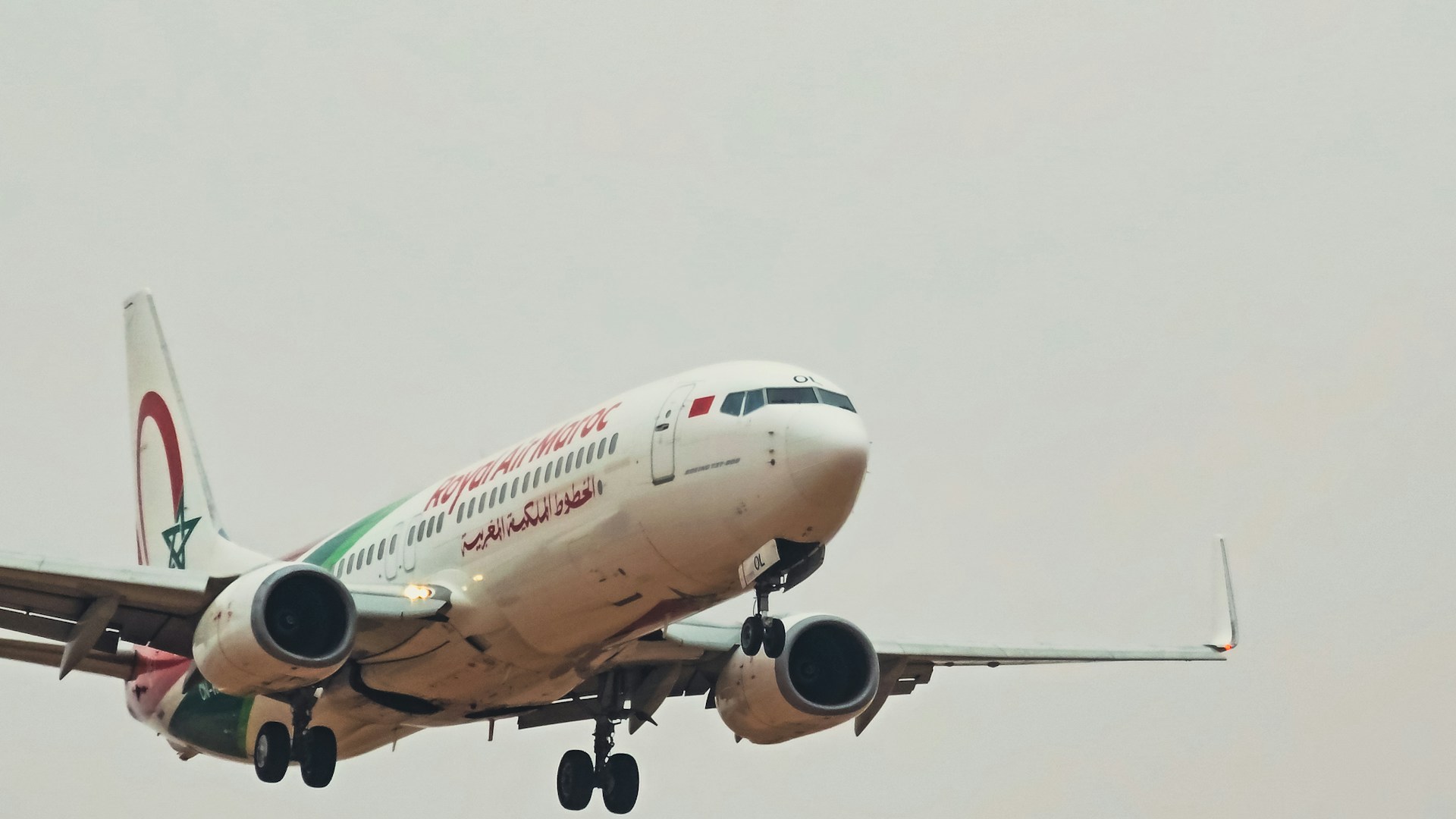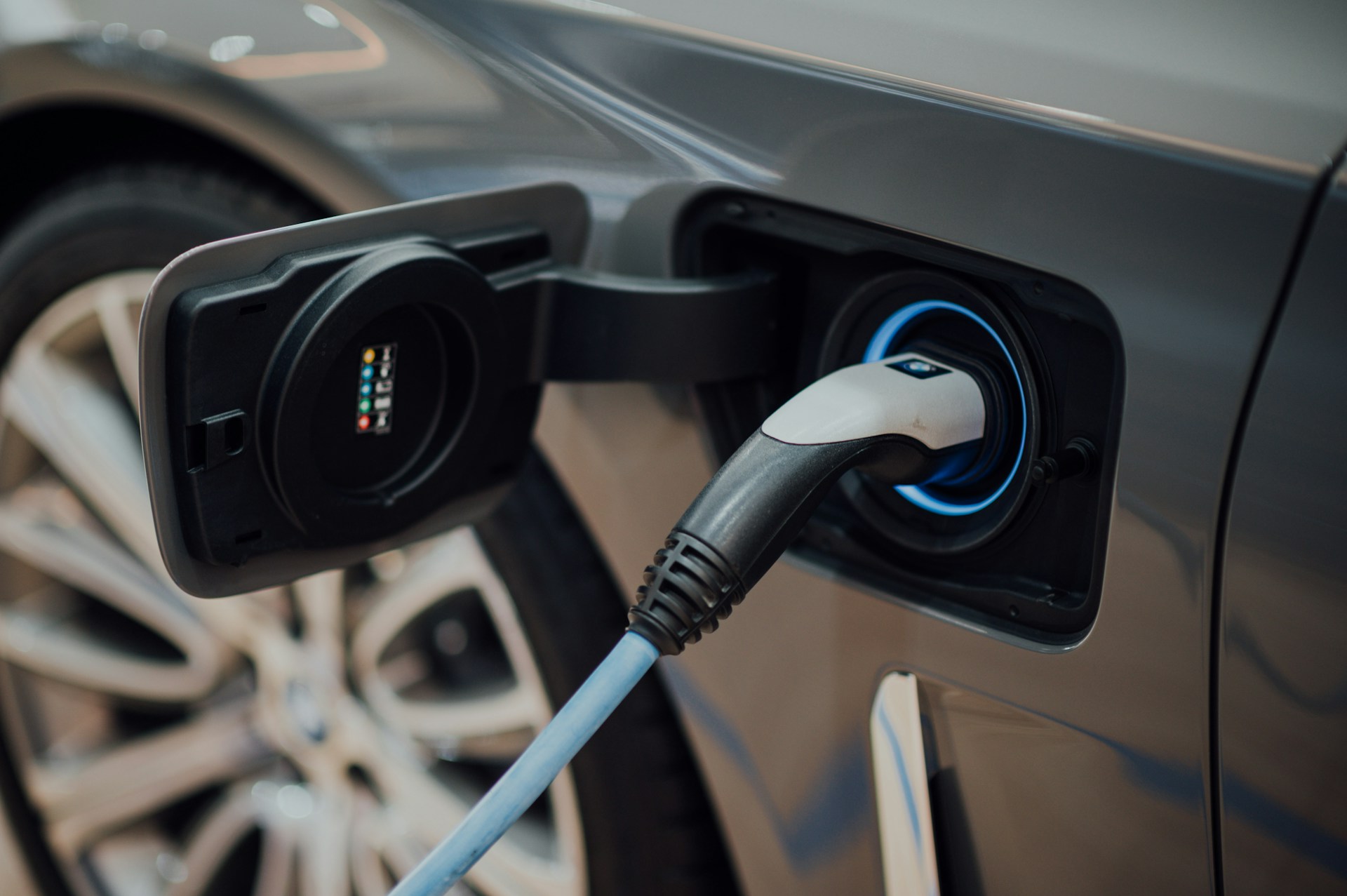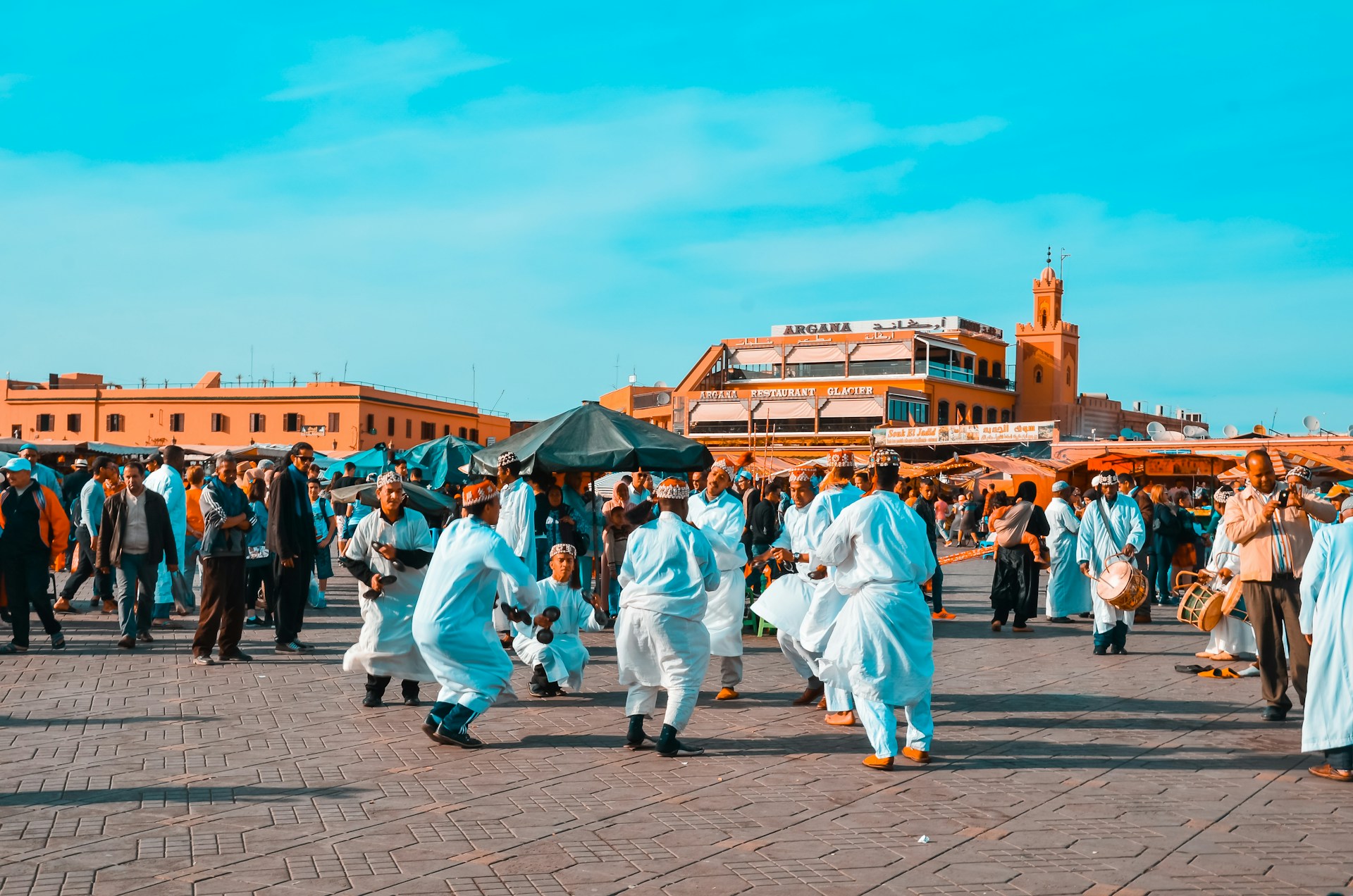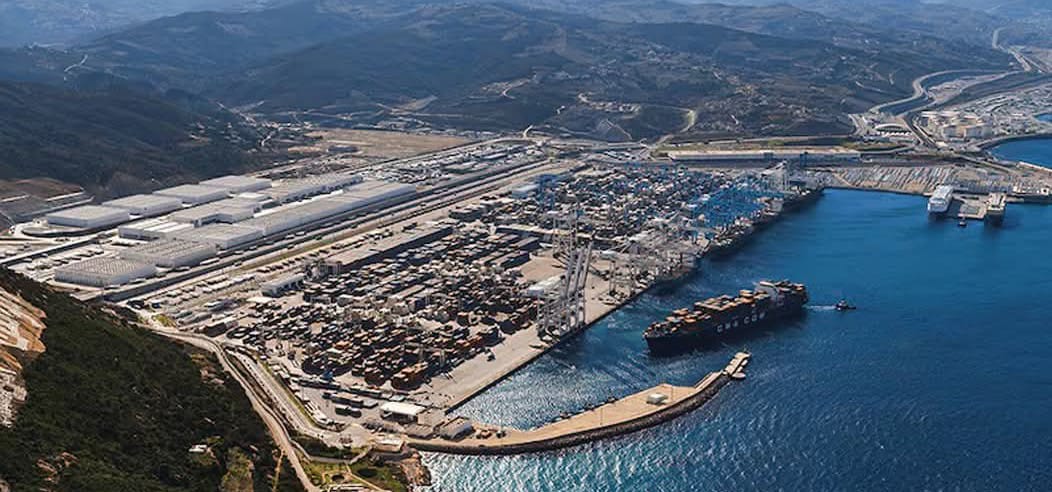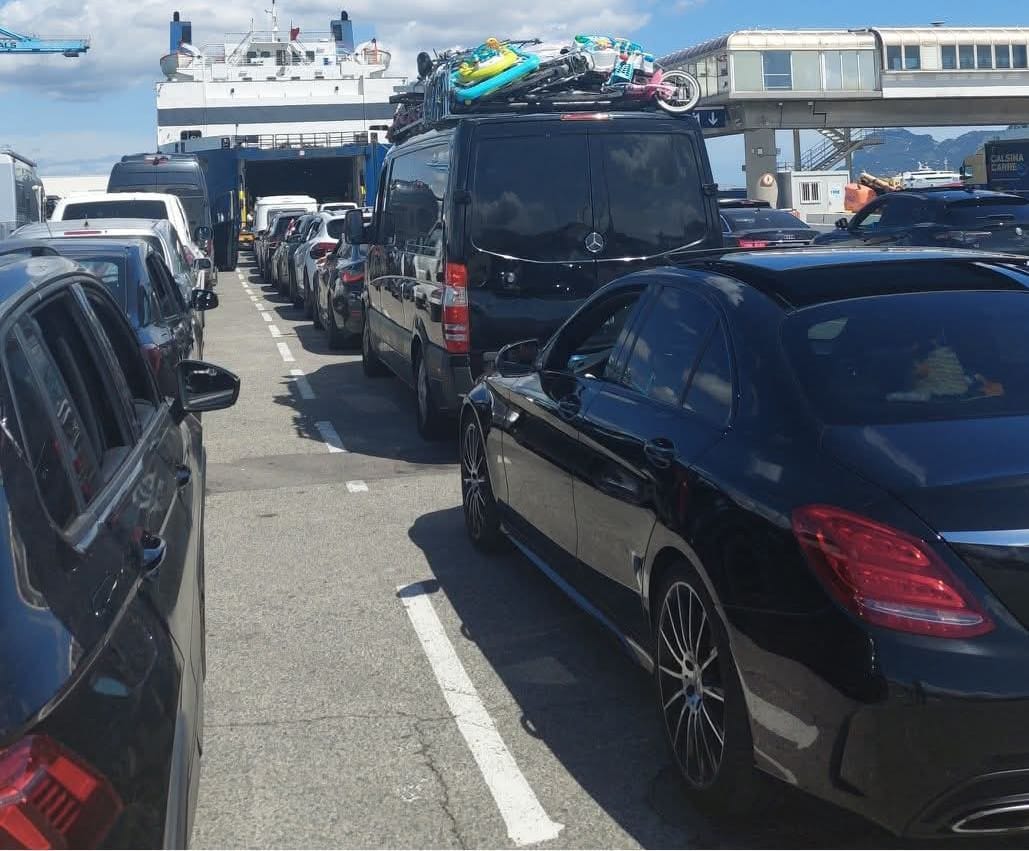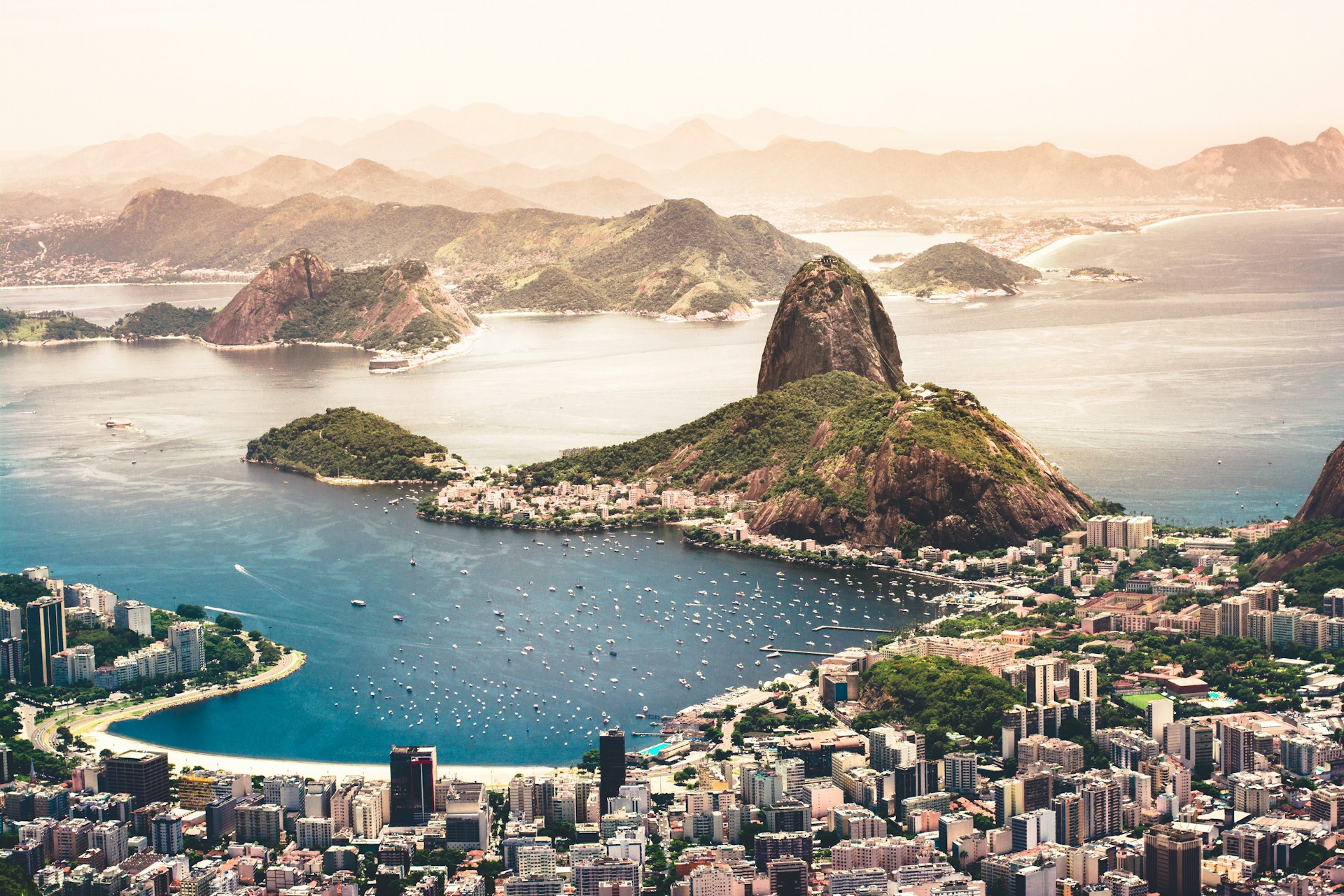Casablanca – Morocco is aiming for a significant shift in its mobility and energy sectors by targeting around 2.5 million electric vehicles (EVs) on its roads by 2035. That figure emerges from a recent report by the IMAL Initiative for Climate and Development (IMAL), North Africa’s first climate‑focused think tank, which proposes a strategy combining rooftop solar generation with interconnected electric mobility.
According to the report, the key to achieving this target lies in coupling two largely under‑used resources: solar panels on building roofs and a fleet of EVs integrated with the national power grid. By doing so, Morocco could cover nearly all of its electricity demand, reinforce system resilience, reduce fossil‑fuel dependence and align with its climate commitments.
Strategy and technical proposal
The IMAL study outlines a model in which rooftop photovoltaics, installed on residential, commercial, and industrial buildings, are paired with energy‐storage systems (including the batteries of EVs) and a vehicle‑to‑grid (V2G) architecture. In effect, the EVs would not only draw power from the grid, but could also feed electricity back into it when stationary and connected. The report suggests that, if fully implemented, the storage capacity of the EV fleet could equal up to 91% of the country’s projected electricity demand.
In numerical terms, the report estimates that rooftop solar capacity in that scenario could generate between 20 and 67 terawatt‑hours (TWh) by 2035, depending on uptake rates.
Alignment with national policies
This effort aligns with Morocco’s broader policy frameworks. The country’s New Development Model sets an ambition to triple the capacity of installed renewable energy by 2030. The IMAL report builds on the National Low‑Carbon Strategy projection of 2.5 million EVs in Morocco by 2035.
On the infrastructure front, separate reporting notes that Morocco plans to install around 2,500 public EV‑charging stations by 2026, supporting the anticipated growth in EVs.
Economic, social and environmental impacts
Beyond energy system benefits, the IMAL report emphasises significant economic and social gains. The decentralised model of energy production — with citizens and communities contributing via rooftop solar and EV integration — could generate approximately 43,000 jobs across all regions of Morocco by 2035.
Moreover, this model could help reduce the country’s reliance on imported fossil fuels, and support the transition to a more flexible, decentralised electricity system that is better able to respond to demand fluctuations. The jobs created would span installation, maintenance, grid integration services, and community energy systems.
Challenges and needed reforms
However, the report also underlines that realising this vision will require substantial reforms and investment. Key recommendations include:
- Implementation of Law 82‑21 on self‑generation (autoproduction) starting in 2026, to enable households and businesses to produce electricity for their own use and feed excess back to the grid.
- Development of smart‑grid infrastructure to manage large numbers of distributed generation points and EVs acting as mobile storage units.
- Introduction of dynamic electricity tariffs and mechanisms to reward flexibility and grid‑services provided by EVs (for example when they feed power back to the network).
- Establishment of a national fund to assist households and small and medium‑sized enterprises in adopting clean‑energy technologies (rooftop solar, EV charging infrastructure, V2G‑enabled vehicles).
- Revision of building codes to incorporate green‑energy standards and improve energy efficiency at the construction stage. The report argues for streamlined governance and institutional coordination across climate, energy, transport, and urban‑planning sectors.
Additional context: Manufacturing and industry
While the IMAL report focuses on the mobility‑and‑energy nexus, broader industry developments in Morocco provide relevant context. The country is actively positioning itself as a manufacturing hub for electric mobility. For example, Morocco aims to increase its EV production capacity to some 100,000 units annually by 2025, and to have EVs represent up to 60% of its exported cars by 2030.
Morocco is also attracting investment in EV battery production and supply‑chain development, leveraging its competitive advantages such as geographic proximity to European markets and existing automotive assembly infrastructure.
Summary and outlook
The IMAL think‑tank’s report lays out an ambitious scenario in which Morocco could have 2.5 million electric vehicles on its roads by 2035 — acting not only as transportation units but as distributed energy‑storage assets capable of interacting with the grid. Combined with rooftop solar and decentralised generation, this approach could help Morocco meet a large share of its electricity demand, foster job creation, and accelerate its low‑carbon transition.
Nonetheless, significant hurdles remain: scaling charging infrastructure, establishing regulatory frameworks for V2G and decentralised energy, overcoming consumer barriers to EV adoption (such as upfront cost and limited infrastructure), and managing the integration of large volumes of distributed resources into the grid. Reports suggest that although EV model availability has improved in Morocco, adoption remains relatively low due to high costs and infrastructure limitations.
If the reforms and investments proceed as proposed, Morocco could emerge as a model in Africa for integrating mobility and renewable energy. The coming decade will be critical: success will depend on coordination between government, industry, financial institutions and citizens. If progress slows, however, the vision of 2.5 million EVs and near‑self‑sufficient electricity could remain aspirational rather than realized.




